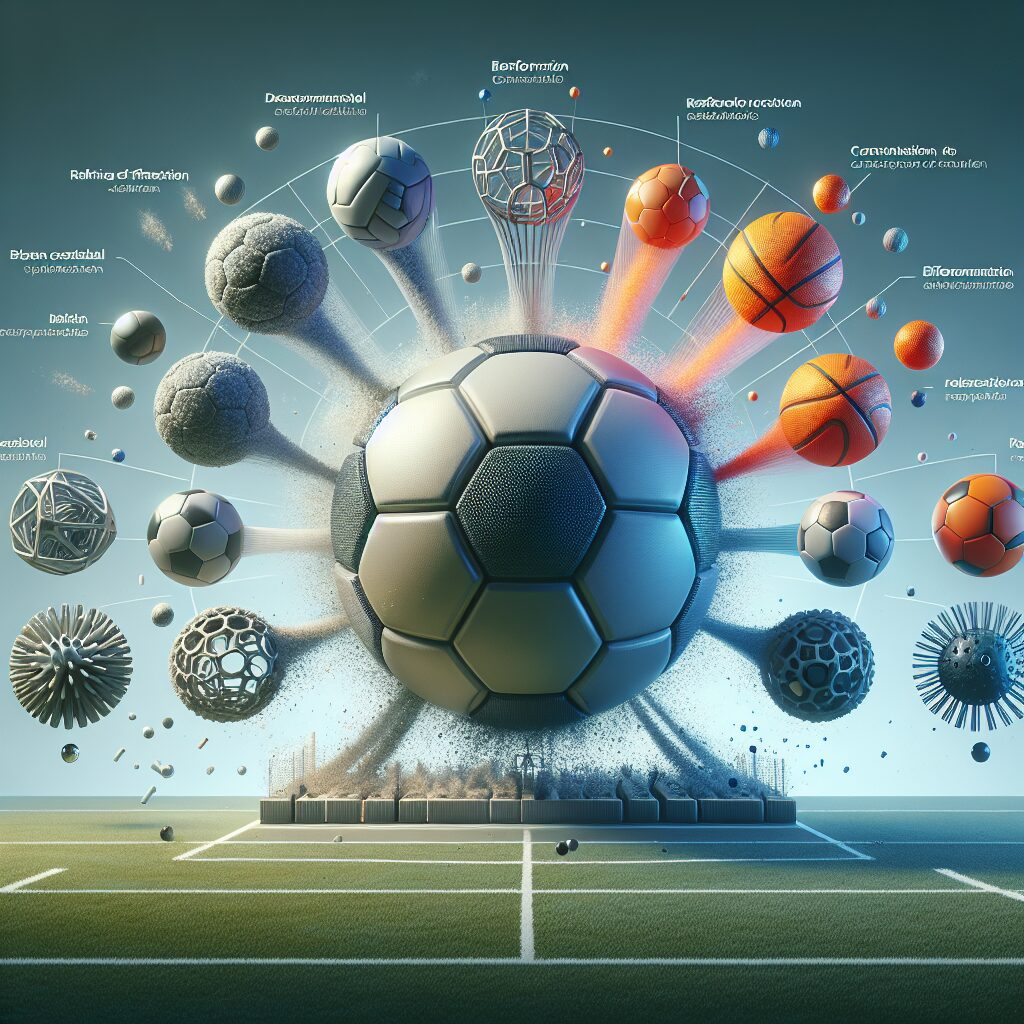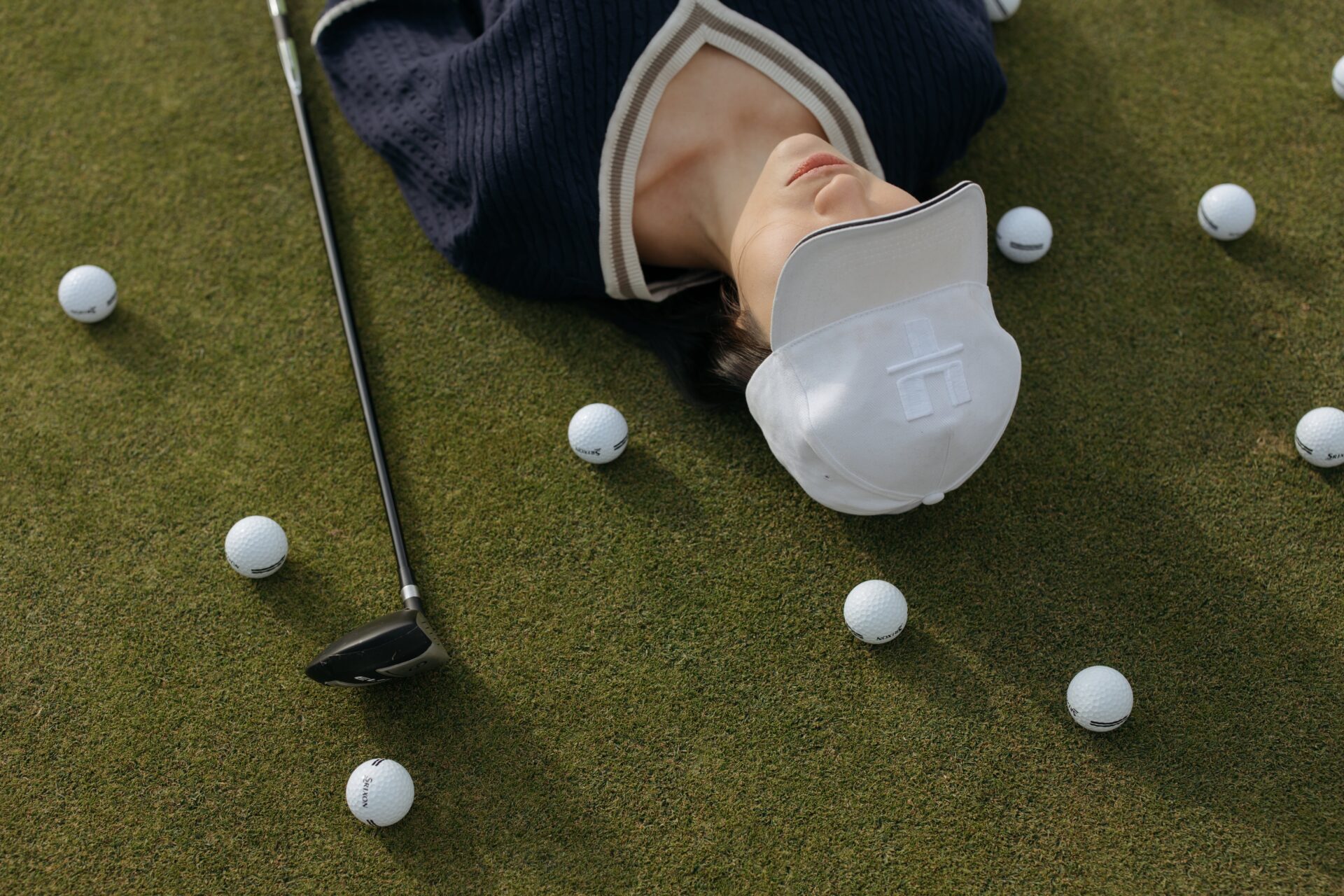Fabrication’s Impact on Performance: The Ball’s Story
The world of sports is heavily reliant on the performance and functionality of the equipment used, and one crucial factor that significantly affects this is fabrication. Fabrication refers to the process of constructing or manufacturing an object, taking into account its design, materials, and production methods. When it comes to sports balls, such as those used in football, basketball, tennis, and golf, the fabrication process plays a pivotal role in determining their performance on the field or court.
Understanding how fabrication impacts the performance of sports balls is essential for athletes, coaches, and manufacturers alike. From the selection of materials and design elements to the manufacturing techniques employed, every aspect of fabrication affects the way a ball behaves during play. For instance, the type of material used can influence the ball’s weight, bounce, and grip, while the design elements, such as the shape and surface texture, can alter its aerodynamics and trajectory. In this article, we will delve into the key takeaways of how fabrication impacts a ball’s performance, exploring the various factors that contribute to its behavior on the field or court. By understanding these nuances, athletes and manufacturers can make informed decisions to enhance gameplay and create better sporting experiences for all.
Key Takeaways
1. Fabrication techniques significantly impact the performance of sports balls, which can greatly affect athletes’ game experiences and outcomes. The selection of materials, construction methods, and manufacturing process can all influence the overall quality and functionality of the ball.
2. The type of fabric used in the outer cover of a ball plays a crucial role in its performance. Synthetic materials like polyurethane are widely used due to their durability, water resistance, and ability to maintain shape, while natural materials like leather provide a softer touch and better grip.
3. The construction of the ball’s internal layers affects its bounce, responsiveness, and flight characteristics. Multi-layered designs with precisely engineered structures enhance performance by ensuring a consistent responsiveness and controlling factors like air retention and energy transfer.
4. Manufacturing processes such as molding, stitching, and bonding impact the playability and durability of the ball. Advanced techniques like thermobonding and thermosetting offer enhanced durability and minimization of water absorption, while hand-stitching is often preferred for its flexibility and precision.
5. Ball regulations and testing standards, set by organizations like FIFA and the International Tennis Federation, play a critical role in maintaining fairness and consistency in sports. Stringent quality control measures ensure that balls meet the necessary standards for size, weight, bounce, and flight characteristics, providing athletes with a level playing field.
How Does Fabrication Impact Performance? The Story of the Ball’s Performance
The Importance of Fabrication in Sports Equipment
Fabrication plays a crucial role in determining the performance of sports equipment, including balls used in various sports like football, basketball, tennis, and more. The way a ball is fabricated has a direct impact on its performance characteristics such as flight, bounce, spin, and durability. Understanding the influence of fabrication on a ball’s performance is essential for both athletes and manufacturers.
Fabrication Techniques and Their Effects
1.
Material Selection
The choice of materials used in the fabrication of a ball affects its performance in multiple ways. For example, using synthetic materials may enhance durability, while natural materials like leather may provide a better grip. Different materials also contribute to variations in weight, feel, and responsiveness of the ball.
2.
Seam Construction
The construction of seams influences how a ball travels through the air and interacts with surfaces. Seams can affect the speed, trajectory, spin, and overall stability of the ball during flight. Stitching techniques, thread quality, and seam placement all play a role in determining performance characteristics.
3.
Bonding and Adhesive Methods
In the fabrication process, bonding and adhesive methods are employed to join different layers or components of a ball together. The type of adhesive used and the bonding technique can affect the ball’s durability, shape retention, and how well it maintains its performance properties over time.
The Impact of Fabrication on Ball Performance
1.
Flight and Accuracy
The fabrication of a ball directly influences its aerodynamics, determining how it moves through the air. Factors like weight distribution, surface texture, and seam design impact the stability and accuracy of the ball’s flight path. A well-fabricated ball often exhibits better precision and control, enabling athletes to improve their performance.
2.
Bounce and Rebound
Key fabrication elements, such as material composition and internal structure, affect how a ball behaves upon impact. The elasticity, responsiveness, and energy transfer capabilities of the ball greatly influence its bounce and rebound characteristics. Proper fabrication techniques optimize these properties, promoting consistent and reliable performance.
3.
Spin and Grip
Fabrication choices significantly impact a ball’s ability to generate and maintain spin, as well as its grip on various surfaces. The texture, seam placement, and material properties all contribute to the ball’s interaction with the playing surface and the player’s ability to impart spin. Accomplished fabrication techniques ensure optimal spin control and enhance overall grip performance.
4.
Durability and Longevity
The fabrication process directly affects the durability and longevity of a ball. Well-selected materials, strong bonding methods, and robust seam construction can enhance a ball’s ability to withstand repeated impacts, friction, and wear. A properly fabricated ball will maintain its performance characteristics for a longer duration, reducing the need for frequent replacements.
Tips for Optimal Ball Performance through Fabrication
1.
Choose the Right Materials
Select materials that align with the desired performance characteristics of the ball. Consider factors such as grip, durability, and responsiveness to match the requirements of the sport.
2.
Invest in Quality Seam Construction
Ensure that the seams are well-constructed using reliable stitching techniques and high-quality threads. Proper seam placement can benefit the overall performance and stability of the ball.
3.
Focus on Bonding and Adhesive Techniques
Use appropriate bonding methods and quality adhesives to reinforce the connection between different layers or components of the ball. This helps maintain the ball’s shape, performance, and longevity.
4.
Consider Aerodynamics and Surface Interaction
Take into account factors such as weight distribution, surface texture, and seam design to optimize the ball’s aerodynamics and its grip on different surfaces.
5.
Regular Maintenance and Inspection
To ensure continued performance, regularly inspect and maintain the ball. Clean and condition the surface, check for any damages or wear, and address any issues promptly to preserve its performance characteristics.
6.
Selecting the Right Ball for the Sport
Different sports have unique requirements, so choose a ball specifically designed for the intended sport. Understanding how fabrication impacts performance enables you to make an informed decision when selecting the ideal ball for your needs.
Remember, the proper fabrication of a ball can significantly enhance its performance, providing athletes with an edge and improving the overall sporting experience. By considering the impact of fabrication on ball performance, both manufacturers and athletes can ensure optimal results on the field or court.
Frequently Asked Questions
1. How does fabrication impact a ball’s performance?
Fabrication plays a crucial role in determining a ball’s performance. Factors like the material, construction techniques, and design all influence the ball’s flight, bounce, grip, and overall feel.
2. What materials are commonly used for fabricating balls?
There are several materials used for ball fabrication, including leather, synthetic leather, rubber, polyurethane, and various blends. Each material possesses distinct characteristics that affect the ball’s performance in different ways.
3. Can fabrication affect a ball’s durability?
Yes, fabrication significantly influences a ball’s durability. The choice of materials and construction techniques can determine the ball’s resistance to wear, tearing, and deformation, making it last longer or less prone to damage.
4. How does fabrication impact a ball’s flight trajectory?
The fabrication process affects a ball’s flight trajectory by influencing factors like weight distribution, symmetry, and surface texture. These elements determine how the ball interacts with the air, affecting its path, stability, and accuracy when it’s in motion.
5. Does fabrication impact a ball’s grip?
Yes, fabrication plays a role in determining a ball’s grip. Surface treatments and texture can affect the ball’s ability to be held or controlled, especially in sports where grip is essential, such as basketball or golf.
6. Can fabrication affect the bounce of a ball?
Absolutely. The fabrication process can influence a ball’s bounce characteristics. Factors like the elasticity of the materials and the design of the ball’s core can determine its rebound height, responsiveness, and consistency.
7. How does fabrication impact the feel of a ball?
Fabrication plays a crucial role in shaping the feel of a ball. Factors like the softness or firmness of the materials, the ball’s weight, and its balance influence how it feels in the hand or when it makes contact with other surfaces.
8. Can different fabrication techniques affect the performance of a ball in different sports?
Yes, fabrication techniques can impact the performance of a ball in different sports. Each sport has specific requirements and demands, and the fabrication process can be tailored to meet those needs, resulting in optimized performance for that particular sport.
9. What role does fabrication play in reducing ball manufacturing flaws?
The fabrication process is crucial in reducing manufacturing flaws in balls. Proper quality control measures during fabrication help minimize issues like uneven seams, uneven weight distribution, or imperfect shaping, ensuring a higher level of precision and consistency in the final product.
10. How can fabrication impact the cost of a ball?
The choice of materials and fabrication techniques can have a direct impact on a ball’s cost. More advanced or premium materials, intricate construction methods, and rigorous quality control measures can increase the production cost, resulting in a higher-priced ball.
Final Thoughts on Fabrication’s Impact on Performance: The Ball’s Story
Fabrication plays a paramount role in shaping a ball’s performance across various sports. From the choice of materials to the manufacturing techniques, every aspect influences how the ball interacts with the environment and the athletes. Whether it’s the flight trajectory, grip, durability, or feel, fabrication can make or break a ball’s performance.
Understanding the impact of fabrication enables manufacturers, athletes, and enthusiasts to make informed decisions about ball selection. It allows them to align the characteristics of the ball with the specific demands of their sport, optimizing their performance and ensuring a more enjoyable experience. So, next time you grab a ball for your favorite sport, consider the story behind its fabrication and how it shapes your playing experience.




